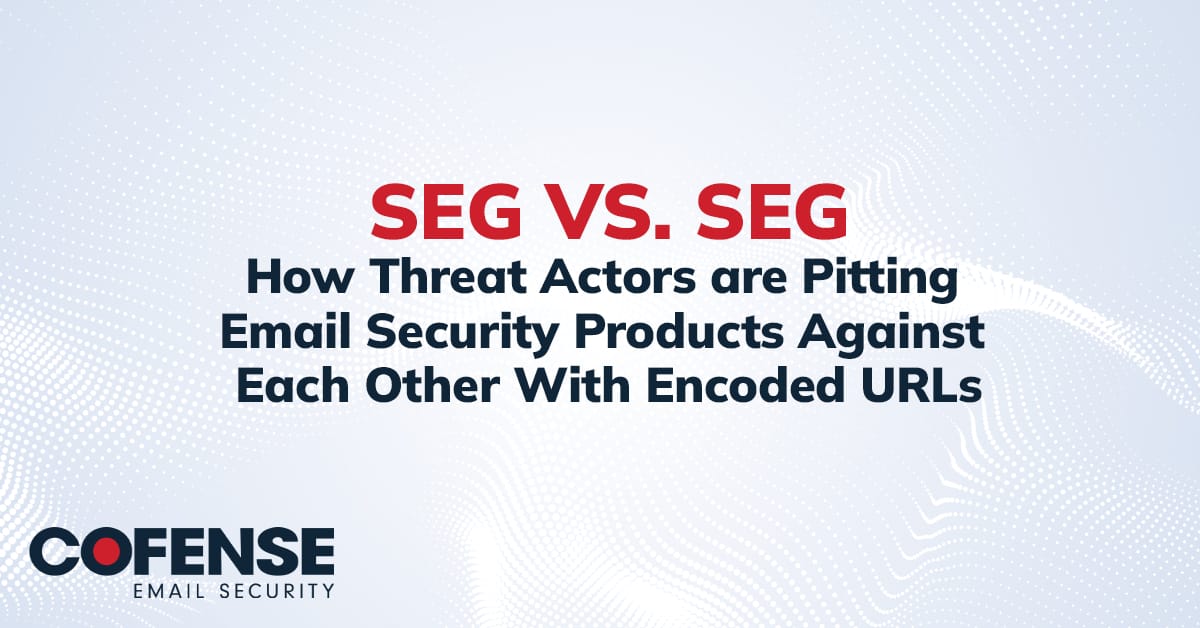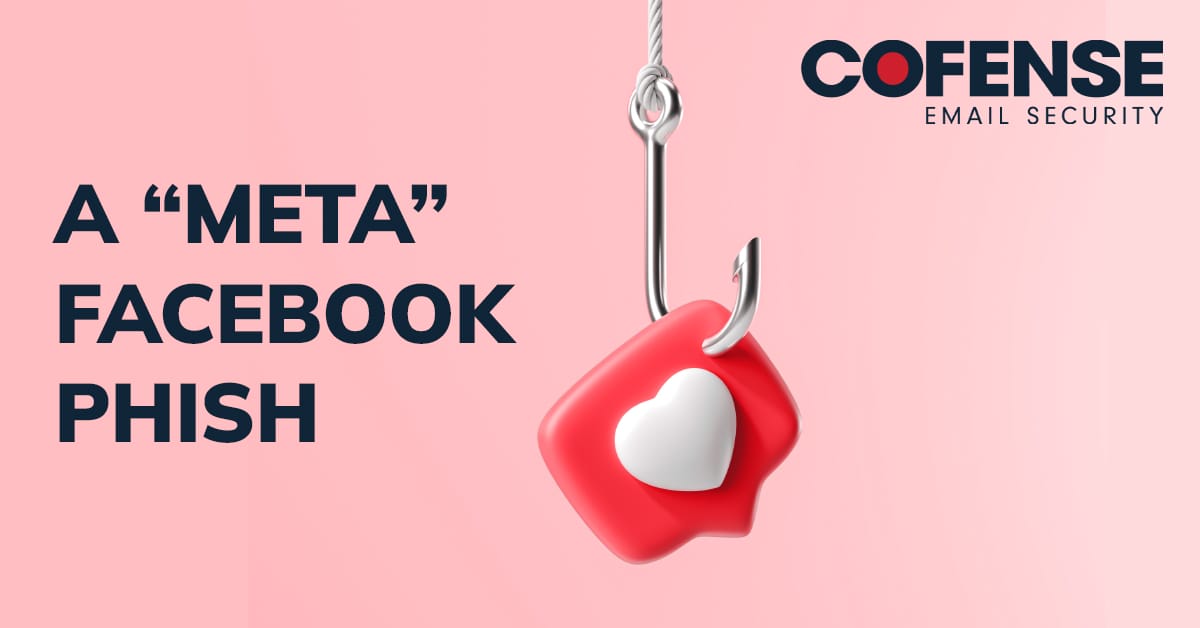Proofpoint
Microsoft 365 EOP
By Hunter Johnson, Cofense Professional Services
Cofense has observed threat actors employing a modified version of a sextortion scam using alternative crypto currencies to bitcoin.
Typical sextortion scams claim to have installed malware on recipients’ systems and recorded their browsing history of adult websites and webcam footage. Ransom is demanded in bitcoin, upon threat of releasing damaging information to family, friends, and co-workers. Because threat actors often get recipients’ emails from password breach lists, they sometimes include passwords to lend authenticity.
Early sextortion scams started with a plain text extortion email threating the recipient and asking for payment. As enterprises began writing detection rules to block those emails, threat actors modified the text by replacing it with an image, which prevented key words from being identified by Secure Email Gateways (SEGs). The bitcoin address was left as a plain text string in the email, so it could be easily copied. As enterprises began checking for bitcoin addresses, threat actors removed text and images and switched to attaching PDF documents containing the threats. Most recently, threat actors began encrypting PDF attachments and including the password in the email body to foil any further SEG detection rules.
This latest sextortion version is using a Litecoin wallet address instead of bitcoin to evade detection. Previous iterations showed a gradual shift away from identifiable patterns and to alternative crypto currencies, in an attempt to foil SEG bitcoin-detection rules. The current emails appear to be crafted to contain very few searchable word patterns. While we could publish the contents of those emails, let’s just say the emails contained adult language admonishing the recipient to be more careful about their browsing and webcam habits.
As this latest twist shows, threat actors can switch to the next crypto currency and attempt to iterate through all the scam’s previous versions. While there are thousands of crypto currencies, only a dozen or so are easily attainable from large exchanges. For the scam to work, the recipient needs an easy way to acquire the requested payment method.
Avoiding this scam is simple with phishing awareness training. Your users can safely ignore the emails—if threat actors actually had such access and data, they would include stronger proof. Also educate users about sites such as haveibeenpwned.com, so they can know if their email address is likely to become a target.
Cofense will also be publishing a rule to detect attacks we’ve seen so far using this new method.
HOW COFENSE CAN HELP
Cofense Resources
Cofense PhishMeTM offers a phishing simulation template, “Fear Driven Phishing Scams Involving Embarrassing Situations,” to educate users on sextortion and similar scams.
Cofense Labs has published a database of 300 million compromised email accounts for use in sextortion campaigns. Find out if your organization’s accounts are at risk.
Reports of sextortion and other ransom scams to the Cofense Phishing Defense CenterTM are increasing. Condition users to be resilient to evolving phishing attacks with Cofense PhishMe and remove the blind spot with Cofense ReporterTM.
Quickly turn user reported emails into actionable intelligence with Cofense TriageTM. Reduce exposure time by rapidly quarantining threats with Cofense VisionTM.
Attackers do their research. Every SaaS platform you use is an opportunity for attackers to exploit it. Understand what SaaS applications are configured for your domains – do YOUR research with Cofense CloudSeeker TM.
Thanks to our unique perspective, no one knows more about providing phishing awareness training and REAL phishing threats than Cofense. To understand them better, read the 2019 Phishing Threat & Malware Review.
All third-party trademarks referenced by Cofense whether in logo form, name form or product form, or otherwise, remain the property of their respective holders, and use of these trademarks in no way indicates any relationship between Cofense and the holders of the trademarks. Any observations contained in this blog regarding circumvention of end point protections are based on observations at a point in time based on a specific set of system configurations. Subsequent updates or different configurations may be effective at stopping these or similar threats.


